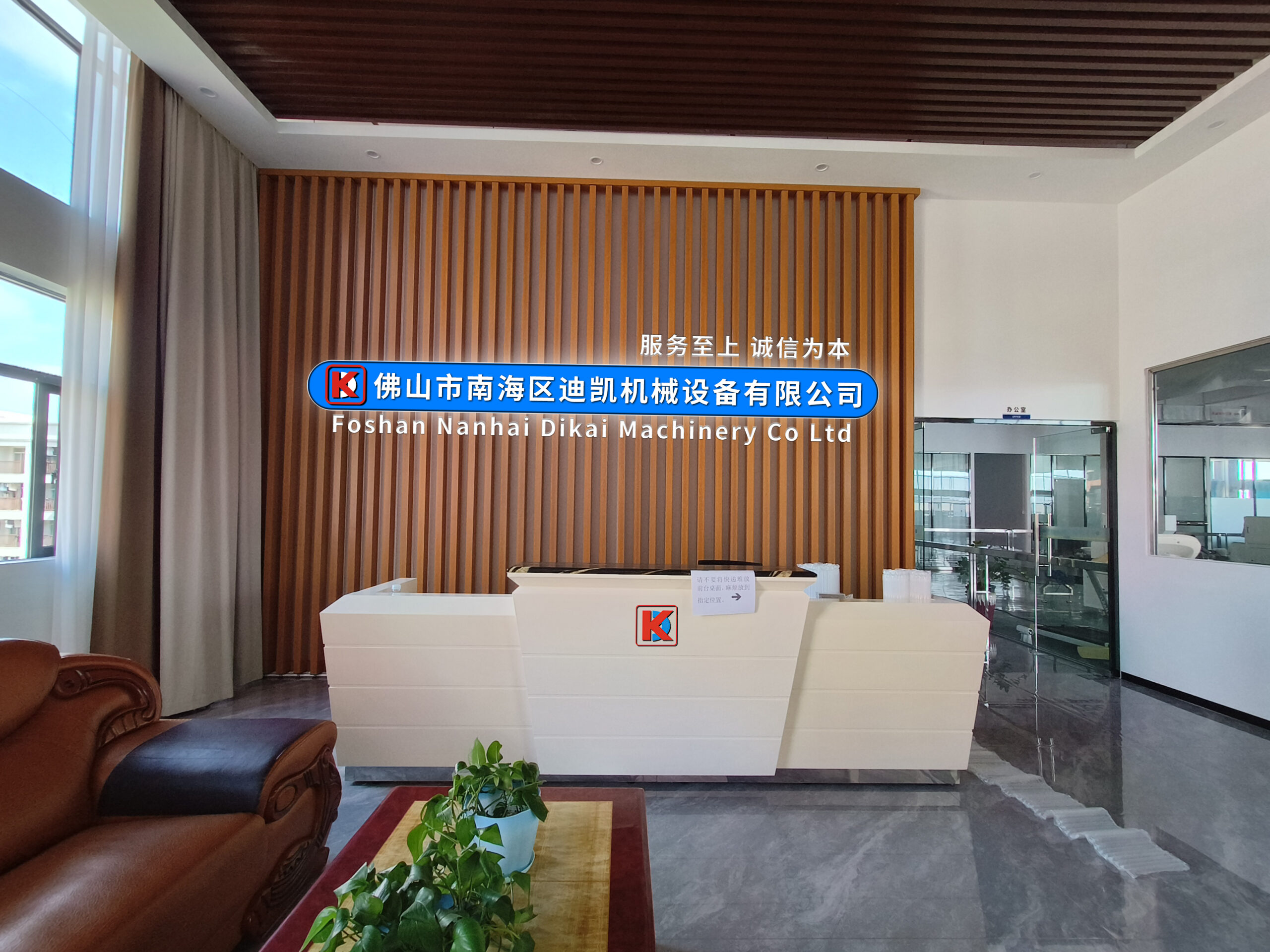Wet paper towel packaging machine
Wet tissue packaging machine is an automated device used to encapsulate and package wet tissue products. It mainly includes the steps of cutting, folding, forming, filling and sealing of wet wipes to ensure the hygiene and safety of the product. Modern wet tissue packaging machines have the characteristics of high efficiency and accuracy, and are widely used in daily chemical, medical and food industries.
Description
Wet paper towel packaging machine is a equipment specially used for packaging wet paper towels. Its main function is to package, cut and package the wet tissue product to ensure the hygiene, safety and ease of use of the product. The following are some of the key features and working principles of the wet tissue packaging machine:
1. How it works
Wet tissue packaging machines usually include the following major steps:
Paper towel delivery: Wet paper towels are transported from the front of the production line to the packaging machine. These wet wipes have been soaked in the appropriate wetting agent and may have been folded to the right size.
Cutting and folding: The machine will cut the wet paper towel into a single sheet according to the set size, or fold it into a multi-layer form according to the demand. This process requires precise control to ensure that each piece of wet tissue is the same size.
Forming and packaging: The cut wet paper towel is fed into the packaging area, where the machine places it into the packaging bag. These bags can be different materials, such as plastic film or aluminum foil bags, with moisture-proof, fresh-keeping function.
Sealing: The packaging machine seals the packaging bag through heat sealing, cold sealing or other packaging technology. The choice of sealing technology depends on the packaging material and production needs.
Inspection and cutting: Finally, the machine checks the integrity and quality of the package and, if necessary, cuts it into the final product shape and performs coding or marking.
2. Types
The types of wet tissue packaging machines can be classified according to function and degree of automation:
Automatic packaging machine: can automatically complete all packaging steps, including conveying, slitting, forming, sealing and packaging. The machine increases productivity and reduces manual intervention.
Semi-automatic packaging machine: The operator needs to manually complete some steps, such as placing wet paper towels, adjusting packaging bags, etc. Semi-automatic machines are suitable for small and medium scale production.
Customized packaging machine: Special functions customized according to customer needs, such as packaging of different sizes, different materials, or special packaging shapes.
3. Key technologies
Control system: Modern wet tissue packaging machines are equipped with PLC (programmable logic controller) and touch screen operation interface, which is convenient for users to set and adjust parameters.
Sensors and inspection systems: Used to monitor the production process in real time to ensure packaging quality and prevent defects or errors.
Sealing technology: including hot sealing, cold sealing, ultrasonic sealing, etc., to adapt to different types of packaging materials.
4. Application field
Wet tissue packaging machine is widely used in the following fields:
Daily chemical industry: such as wet wipes, wet wipes, cleaning wipes and other products production and packaging.
Medical industry: such as disinfection wipes, nursing wipes, etc.
Food industry: such as napkins, wet wipes, etc.
5. Maintenance and maintenance
Regular cleaning: Keep the machine clean to prevent wet tissue residue or other contaminants from affecting production.
Lubrication maintenance: Regular inspection and lubrication of mechanical parts to ensure the normal operation of equipment.
Check for faults: Periodically check the various components of the equipment, such as sensors, sealing devices, etc., to ensure that they are working properly.
Wet tissue packaging machine plays an important role in improving production efficiency and ensuring product quality. Its technological advances have also made the production process of wet wipes more automated and intelligent to meet the growing market demand.







